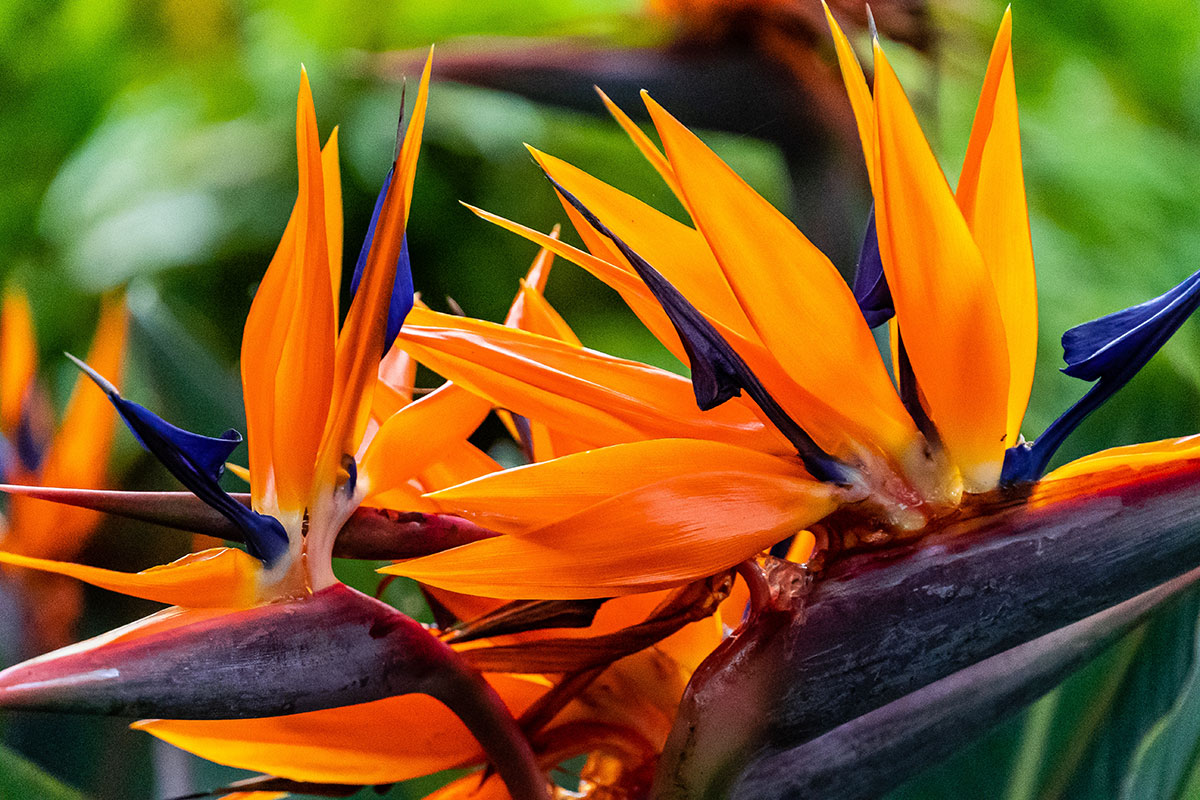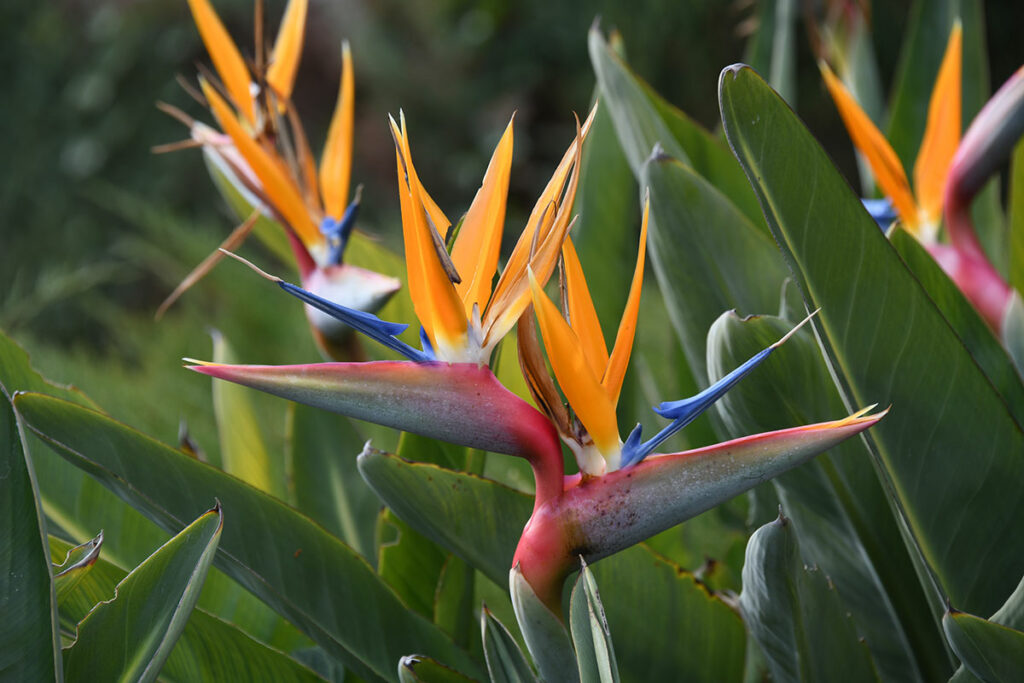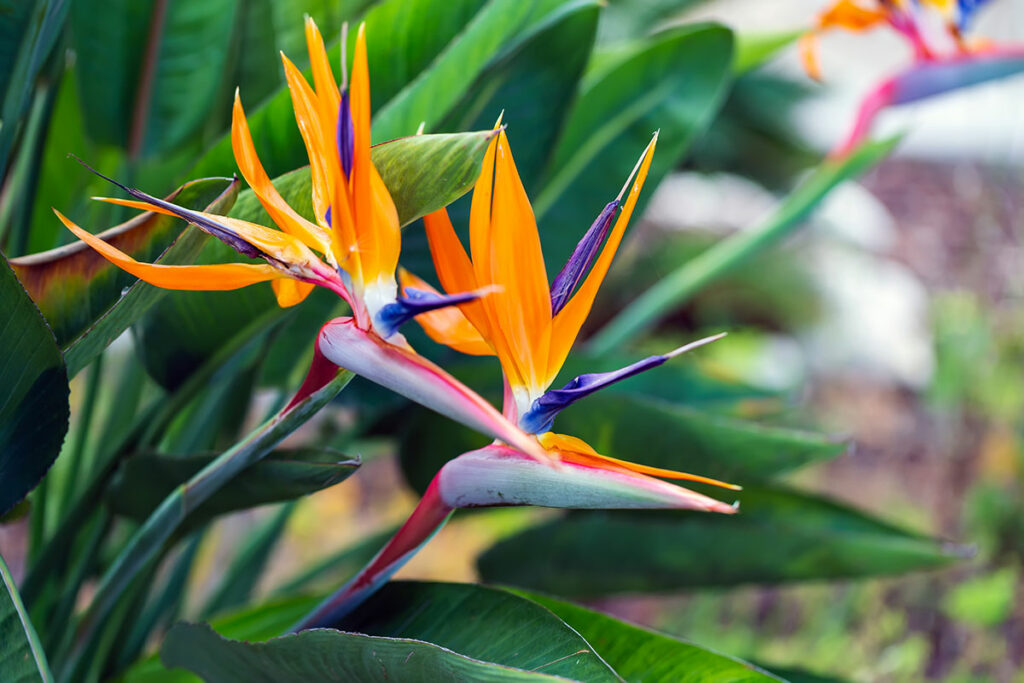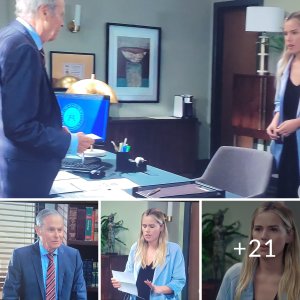
Having flowers that resemble flying wings, the bird of paradise is one of the loveliest plants you can grow.
However, you may be wondering how to tend to them as they don’t easily bloom. In that case, continue reading to learn how to get a bird of paradise to bloom!
How Do You Get Your Bird of Paradise to Bloom?
Bird of paradise plants can take quite some time to bloom. But, rest assured, with proper handling and care, your plant will produce beautiful bird-shaped flowers.
Expose It to Sunlight
Because bird of paradise plants need a minimum of 4-6 hours of direct sunlight, not exposing them to the sun is among the most popular reasons for their failure to bloom. This requires placing them in a sunny spot.
If your apartment lacks sunny windows, using grow lights may come in handy. Grow lights are designed to substitute sunlight and supply your plant with the resources it needs from sunshine.
However, you should be aware that over-exposure to light is harmful to your plant. To avoid that, only expose it for the recommended number of hours. Remember to turn off grow lights during the night, though.

Watering
Not watering your plant, as well as over-watering it, impairs its ability to bloom. Too much water in a pot with poor drainage causes the roots to rot. Besides, excessive water also results in the yellowing of leaves that eventually drop.
That said, properly watering bird of paradise plants is tricky, as they have irregular hydration needs. A lot of people schedule a watering session once weekly, which sometimes leads to plant dehydration.
Depending on variable conditions, such as temperature and light intensity, your plant’s hydration needs will fluctuate.
So, before watering your plant, we suggest performing this quick test on it to assess its moisture content:
Examine the soil with your finger. If the first 1 or 2 inches are still moist, postpone watering it. After a couple of days, do another inspection.
Whereas if the soil is dry, water your plant right away.
:max_bytes(150000):strip_icc()/gettyimages-1023598528-2000-4b744e20ad1f4f70b53947673c80272f.jpg)
Avoid Repotting
Your bird of paradise plant will perform best when it’s pot-bound. Repotting it disrupts the roots’ growth, and in turn, reduces its ability to bloom.
Because of that, we recommend keeping it in the same pot even after it blooms; if you mix the roots up again, you may have to wait another 2 or 3 years before it blooms again.
Use Fertilizers
Fertilize your plant during the spring and summer with a general-purpose, water-soluble fertilizer. But, because the plant’s natural growth cycle slows down in the winter, avoid fertilizing it during this season.

Why Is Your Plant Not Blooming?
If your plant isn’t blooming despite taking good care of it, it could be that your plant is still not mature. Moreover, if it’s exhibiting signs of dying for no apparent reason, it may be going through a transplant shock phase.
Immature Plant
Bird of paradise plants take longer than the average time to mature. It usually takes them 3 to 4 years before they start flowering. That means if you’ve just purchased a new bird of paradise, you have to be patient with it.
Transplant Shock
Transplant shock is a plant’s reaction to a new condition, and it usually happens when you repot your plant; its symptoms include inhibited growth and yellow leaves.
Even though these symptoms seem to signal that something is wrong, they’re actually a normal response to changing a plant’s habitat. The good news is that once your plant gets accustomed to the new changes, it usually recovers on its own.
Summary
To sum up, your bird of paradise will bloom in the sunlight with an adequate amount of water. Additionally, you’ll need to avoid repotting it, and to fertilize it during the summer and spring to promote its growth.
On top of that, if your plant isn’t blooming despite looking after it, it might be immature or undergoing a transplant shock phase. Whatever the reason behind the delay, using these tips will keep your plant healthy and in good shape!
For more information on growing birds of paradise, check out this guide here.





 ?. ts.dhung.
?. ts.dhung.